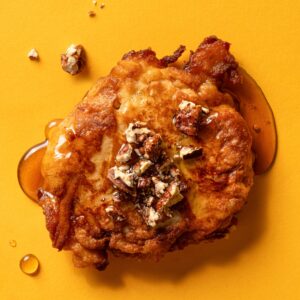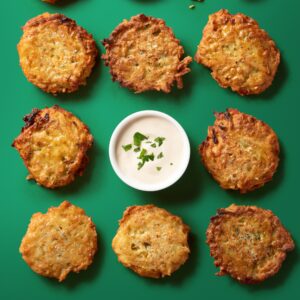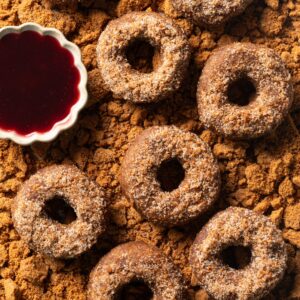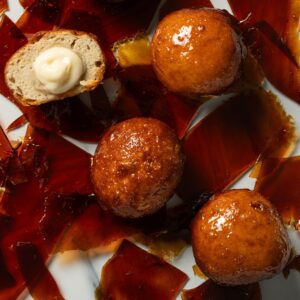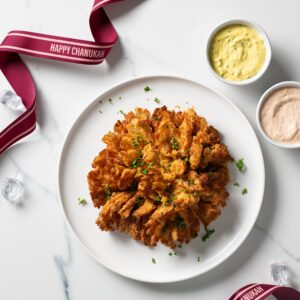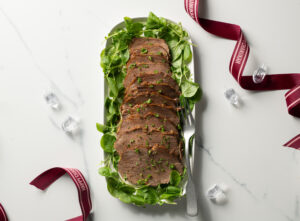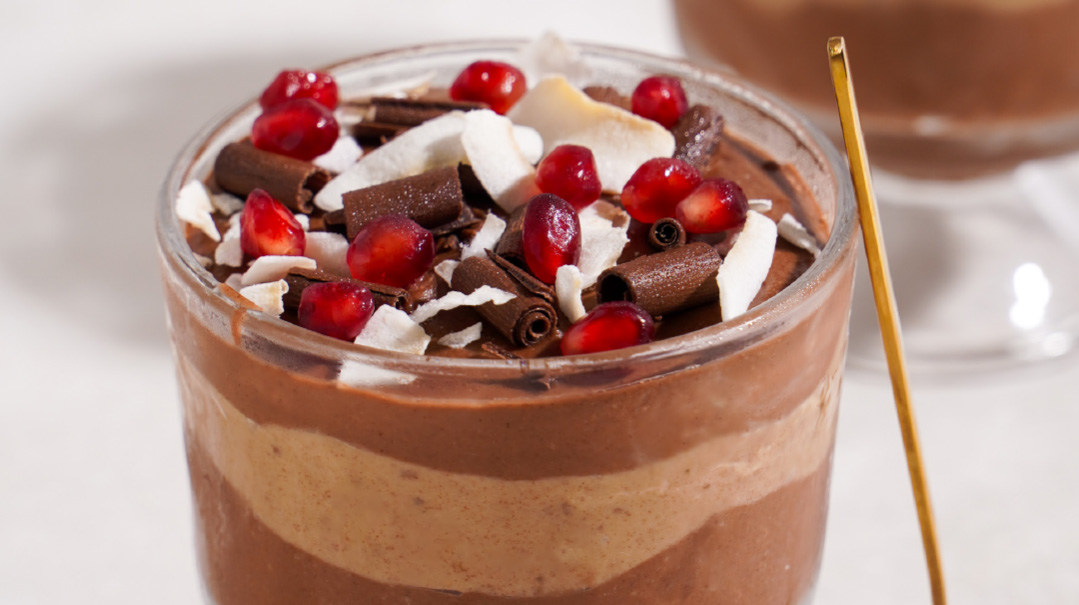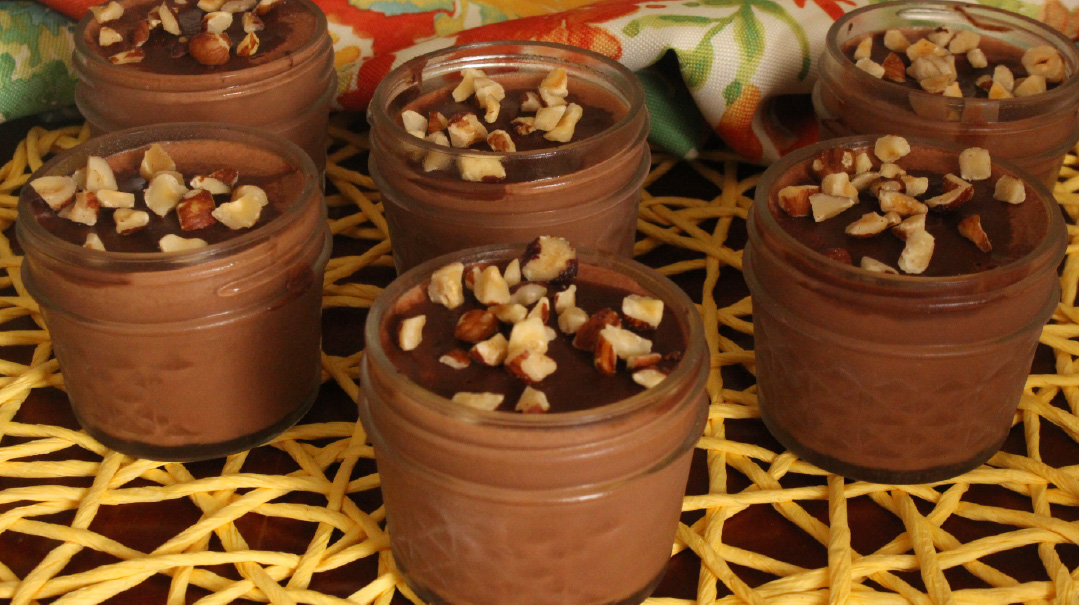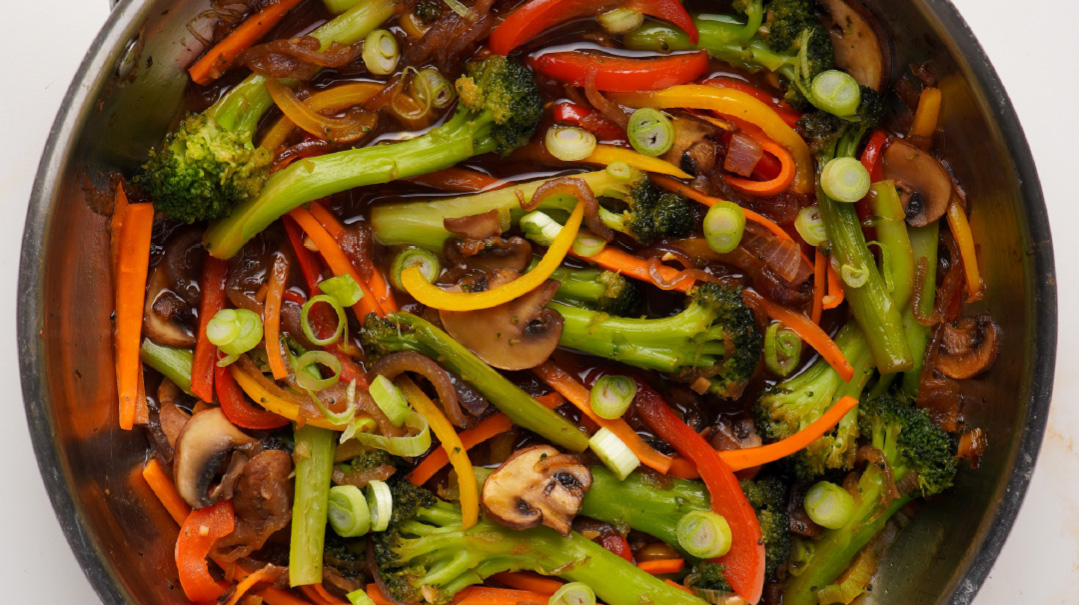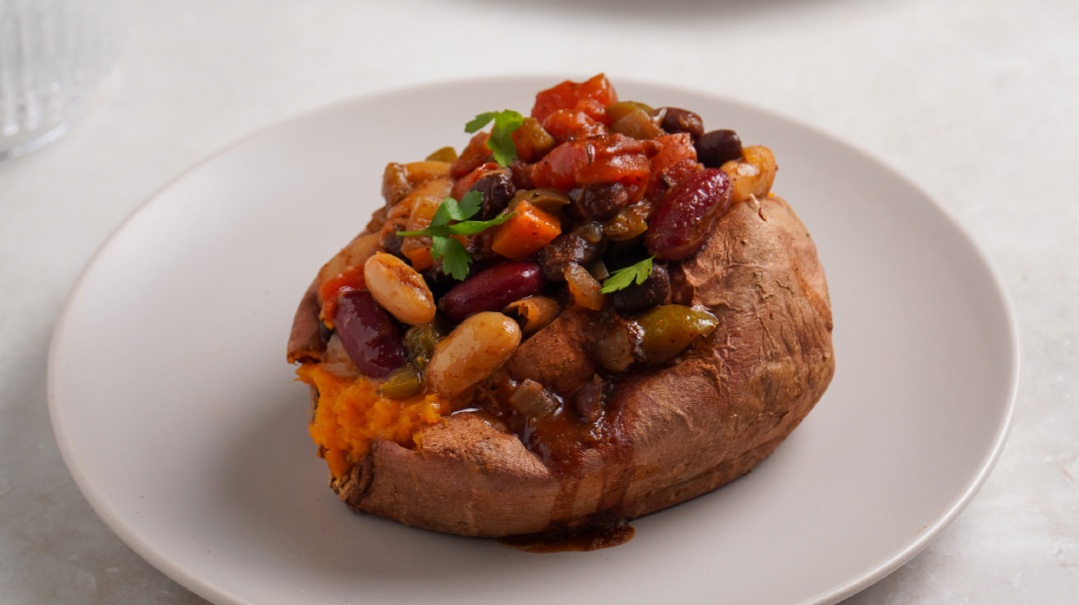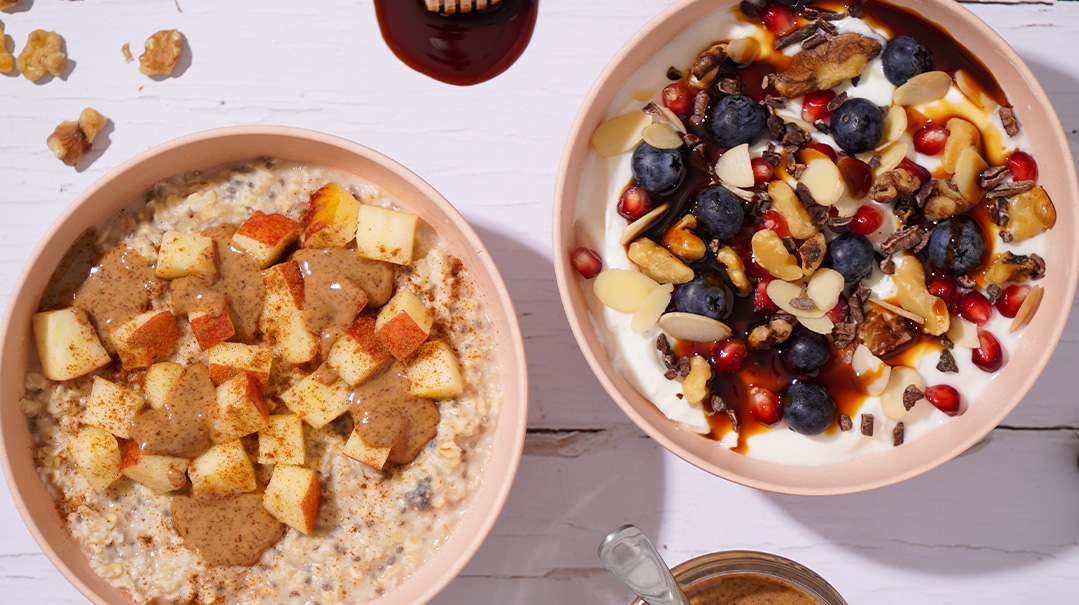From Grab n’ Go to DIY

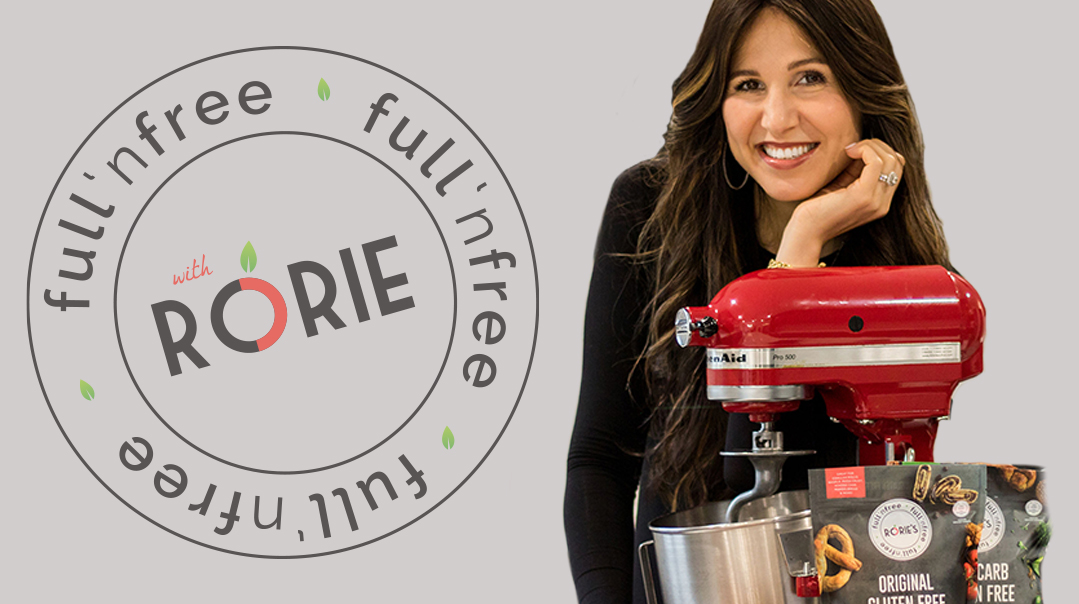
Styling and photography by Baila Rochel Leine
When I was advised to go on a gluten-free diet for health reasons 14 years ago, it was a turning point in my life. Like most people, I had always relied on easy grab ’n go foods, like prepared cereal and bars, store-bought breads, pretzels, and crackers. Once gluten was out, so were most of the products I had always bought. The gluten-free section in the grocery back then was still bare-bones: basic rice cakes, some potato starch bread, and the major novelty of gluten-free brown rice pasta.
Because my access to processed foods became so limited, I was forced to begin incorporating more whole foods into my diet. A typical day morphed from cereal, sandwiches, pasta, and pretzels to eggs and avocado, grilled salmon and salad or rice cakes, tuna and veggies, and chicken with millet and green beans. Snacks became nuts and fruit or guacamole and veggies. Because of all the things I missed — muffins, cookies, and most of all, bread! — I rolled up my sleeves and got creative, eventually becoming a recipe developer and founder of my own line of wholesome bread and dough mixes.
But the gluten-free scene has completely changed since then. Now, entire sections in the grocery store are dedicated to gluten-free products. Today you can follow a gluten-free diet while still munching through your day on the grab ’n go foods you always relied on.
Gluten Free vs. Nutritious
Aside from celiac sufferers who absolutely must avoid gluten in order to preserve their health, most of those who try going gluten-free are just hoping to feel better — more alert and energetic and less bloated, headachy, and uncomfortable.
Oops! We could not locate your form.

